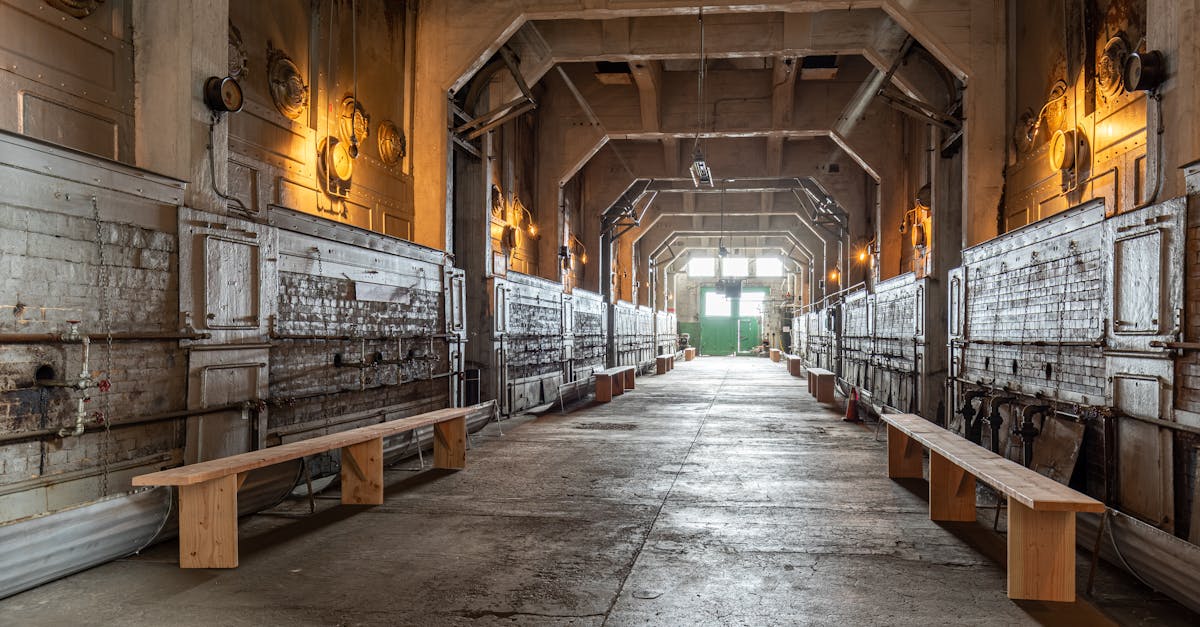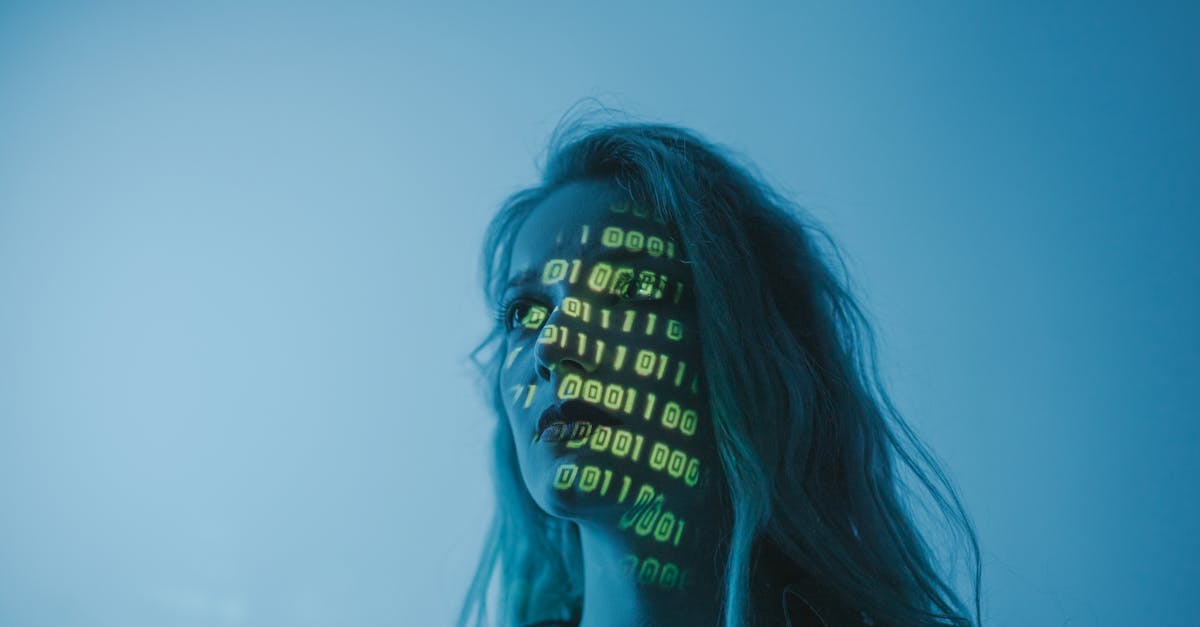Maximizing the Potential of IoT with Cloud Computing: The Future of Smart Cities, Homes, and Industry 4.0
The Internet of Things (IoT) has been transforming the way we live and work, and its potential continues to grow with each passing day. IoT devices are everywhere, from our homes to our workplaces, and they generate vast amounts of data that can be used to improve efficiency, productivity, and safety. However, the true potential of IoT can only be realized through cloud computing, which provides the scalability, flexibility, and security needed to manage the flood of data generated by IoT devices. In this blog post, we will explore the ways in which cloud computing can maximize the potential of IoT, from smart cities to smart homes to Industry 4.0.

Smart Cities: The Future of Urban Living
Smart cities are the future of urban living, and IoT is the key to making them a reality. IoT sensors can be used to monitor everything from traffic patterns to air quality to energy consumption, and the data generated by these sensors can be analyzed and used to optimize city services. For example, traffic data can be used to optimize traffic flow, reduce congestion, and improve public transportation. Air quality data can be used to identify pollution hotspots and improve public health. Energy consumption data can be used to optimize energy use and reduce carbon emissions.
However, managing the vast amounts of data generated by smart city IoT sensors is no easy task. This is where cloud computing comes in. Cloud computing provides the scalability and flexibility needed to manage and analyze this data in real-time. By using cloud-based IoT platforms, smart city managers can quickly and easily deploy new sensors, collect and analyze data, and scale up or down as needed. This allows for more efficient and effective management of city services, which in turn leads to a better quality of life for residents.

Smart Homes: The Future of Home Automation
Smart homes are another area where IoT and cloud computing are transforming the way we live. IoT devices can be used to automate everything from lighting to heating to security, and the data generated by these devices can be used to improve energy efficiency and security. For example, smart thermostats can learn your heating preferences and adjust the temperature accordingly, reducing energy waste and saving you money. Smart security systems can alert you to potential intruders and provide real-time video feeds, giving you peace of mind when you're away from home.
However, managing all of these IoT devices can be a challenge. This is where cloud computing comes in. By using cloud-based IoT platforms, smart home owners can manage all of their devices from a single dashboard, monitor energy usage, and receive alerts when devices need maintenance or repair. This makes it easier to automate your home and save money on energy bills, while also improving security and peace of mind.

Industry 4.0: The Future of Manufacturing
Industry 4.0 is the fourth industrial revolution, characterized by the integration of IoT, cloud computing, and artificial intelligence (AI) into manufacturing processes. IoT sensors can be used to monitor everything from machine performance to inventory levels to supply chain logistics, and the data generated by these sensors can be analyzed and used to optimize manufacturing processes. For example, predictive maintenance can be used to identify potential machine failures before they occur, reducing downtime and improving productivity. Digital twins can be used to simulate manufacturing processes and identify areas for improvement.
However, managing the vast amounts of data generated by Industry 4.0 IoT sensors is no easy task. This is where cloud computing comes in. Cloud-based IoT platforms provide the scalability, flexibility, and security needed to manage and analyze this data in real-time. By using cloud-based platforms, manufacturers can quickly and easily deploy new sensors, collect and analyze data, and scale up or down as needed. This allows for more efficient and effective manufacturing processes, which in turn leads to increased productivity, reduced downtime, and improved profitability.

Cybersecurity, Big Data, and Edge Computing
Of course, with all of this data being generated by IoT devices, cybersecurity is a major concern. Cloud computing can help to mitigate this risk by providing robust security features such as encryption, multi-factor authentication, and intrusion detection. In addition, big data analytics can be used to identify potential security threats and prevent cyber attacks before they occur.
Another concern with IoT is the sheer amount of data generated by sensors. This data can quickly overwhelm traditional data processing methods, which is where edge computing comes in. Edge computing allows data to be processed locally on the IoT device itself, reducing the amount of data that needs to be sent to the cloud for processing. This not only reduces latency and improves performance but also reduces the risk of data breaches.

Conclusion: Maximizing the Potential of IoT with Cloud Computing
In conclusion, the potential of IoT can only be realized through cloud computing. Cloud-based IoT platforms provide the scalability, flexibility, and security needed to manage and analyze the vast amounts of data generated by IoT devices. This allows for more efficient and effective management of everything from smart cities to smart homes to Industry 4.0. However, with this potential comes the need for robust cybersecurity measures and efficient data processing methods such as edge computing. By embracing cloud computing, we can unlock the full potential of IoT and create a better, more connected world for all.




